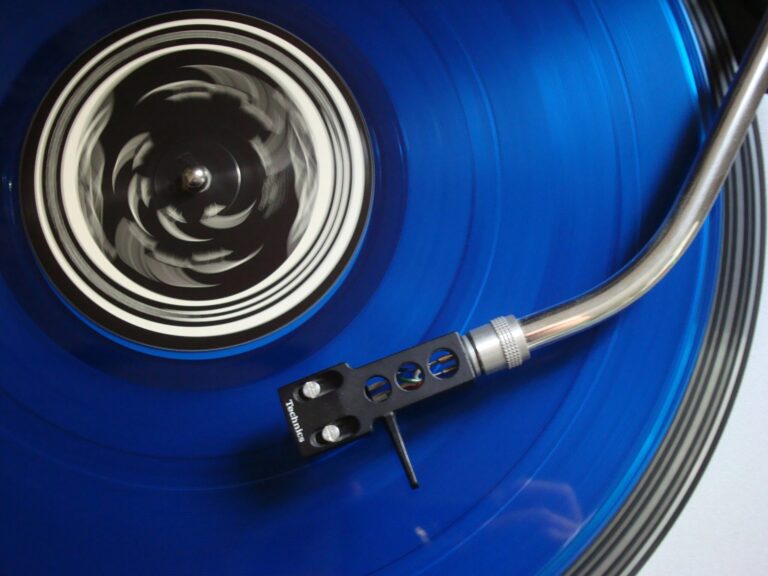Record stores across the United States saw a noticeable uptick in sales as vinyl records continue to make a significant comeback in mainstream music culture. What was once seen as a nostalgic throwback to the past is now a thriving industry, with younger generations discovering the warmth and authenticity of analog sound. In Austin, TX, known for its vibrant music scene, vinyl shops such as End of an Ear and Waterloo Records reported record sales over the holiday season, further cementing the vinyl renaissance.
This resurgence in vinyl records has captured the attention of music enthusiasts, collectors, and artists alike. Music festivals and live performances often feature vinyl records being spun by DJs, and the unique sound quality of vinyl is increasingly being highlighted in both professional and indie music production. For many, the allure of vinyl lies in its physicality—each record is a tangible connection to the music and the artist.
Key players in this resurgence include independent record labels, local record shops, and a wave of contemporary artists who are releasing their music on vinyl. Artist releases, such as Taylor Swift’s Midnights album, which topped the vinyl charts in 2024, have further contributed to the format’s revival. Swift, along with other notable artists like Billie Eilish and Phoebe Bridgers, has embraced vinyl as a way to connect more deeply with fans and offer a richer listening experience.
“The sound of vinyl is something that digital formats can’t replicate,” says John Wilkes, the owner of End of an Ear in Austin. “It’s warmer, it’s richer, and there’s something about putting on a record and sitting down to listen to it all the way through that connects you with the music in a way that’s different from streaming.”
For younger generations who grew up with digital music, vinyl provides a new kind of music experience. Many collectors are in their 20s and 30s, and it’s not just about listening—it’s about curating a collection and embracing the culture surrounding vinyl. Vinyl records have even found their way into the art world, with elaborate album covers and collectible editions attracting attention from art aficionados and music fans alike.
In 2024, global vinyl sales hit their highest numbers since the 1980s, with an estimated 60 million vinyl records sold in the United States alone. While streaming remains the dominant platform for music consumption, vinyl records are expected to maintain their popularity in 2025 and beyond, as more people seek a deeper, more immersive way to experience their favorite albums.
This vinyl revival also has a sustainable component. Many vinyl pressing plants are now focusing on environmentally friendly practices, including using recycled materials for album covers and pressing records with non-toxic inks. As awareness grows, eco-conscious consumers are supporting this move towards more sustainable music formats.
With a new generation embracing the analog magic of vinyl records, it’s clear that this comeback is no passing trend. Vinyl is once again proving to be an enduring part of modern music culture, bridging the gap between nostalgia and contemporary innovation.



